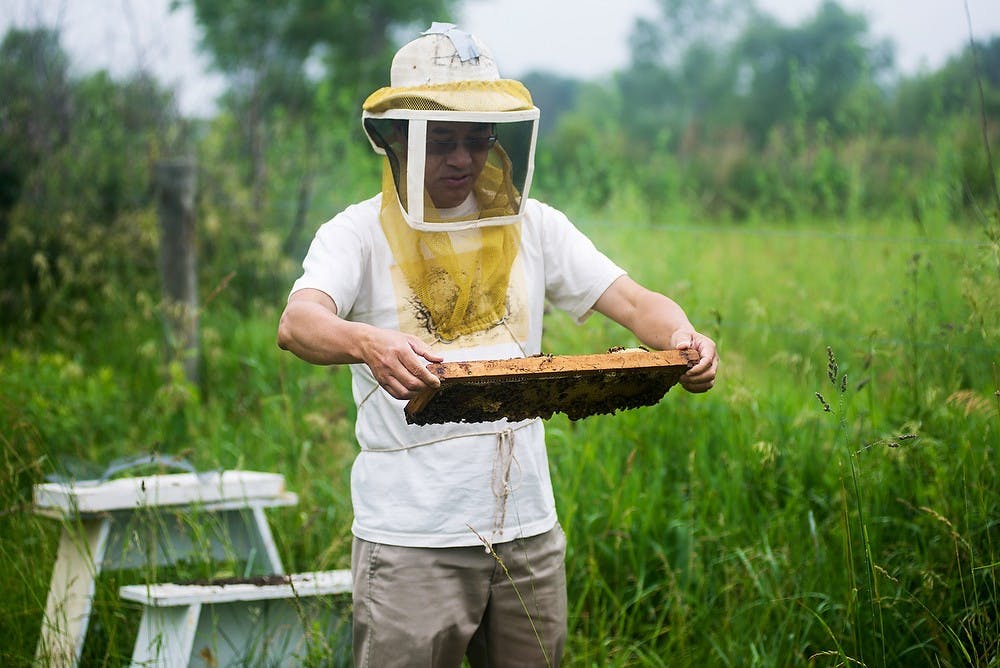Although it was a freak winter that wrought havoc on Huang’s colonies, beekeepers across the United States have been growing accustomed to staggering losses.
The honey bee population in the U.S. has been dwindling, with many colonies succumbing to an onslaught of mites, pesticides and fungal pathogens.
To counteract the troubling decline in the populations of honey bees and other pollinators, President Barack Obama mandated on Friday the creation of a Pollinator Health Task Force charged with reversing pollinator losses and helping “restore populations to healthy levels.”
“The continued loss of commercial honey bee colonies poses a threat to the economic stability of commercial beekeeping and pollination operations in the United States, which could have profound implications for agriculture and food,” Obama said in a statement. “Severe yearly declines create concern that bee colony losses could reach a point from which the commercial pollination industry would not be able to adequately recover.”
According to the statement, honey bee pollination alone adds more than $15 billion in value to agricultural crops each year in the United States. Several years ago, the U.S. Department of Agriculture awarded Huang and his team $4 million in research funds to examine how fungal pathogens affect honey bees and how it might play into the mysterious mass disappearance of honey bees known as colony collapse disorder or CCD.
The disorder is characterized by a complete depopulation of worker bees from a hive, often without any dead bees left behind.
So far Huang, as with every other honey bee researcher in the U.S., has been unable to solve the enigma.
Nearly one-third of all food production, chiefly fruits, nuts and vegetables, directly depends on honey bees pollination, Huang said.
“Almost every food we eat has bees helping it,” he said.
Mark Miezio, owner of Cherry Bay Orchards, works mainly in apple and cherry production. Every spring Miezio brings in honey bees to pollinate the orchard.
Within the past three to four years, pollination costs have risen 25 percent because of dwindling populations, he said.
“We depend on the bees, and we depend on them for our livelihood,” he said. “I need bees around for when my grandkids take over the farm.”


